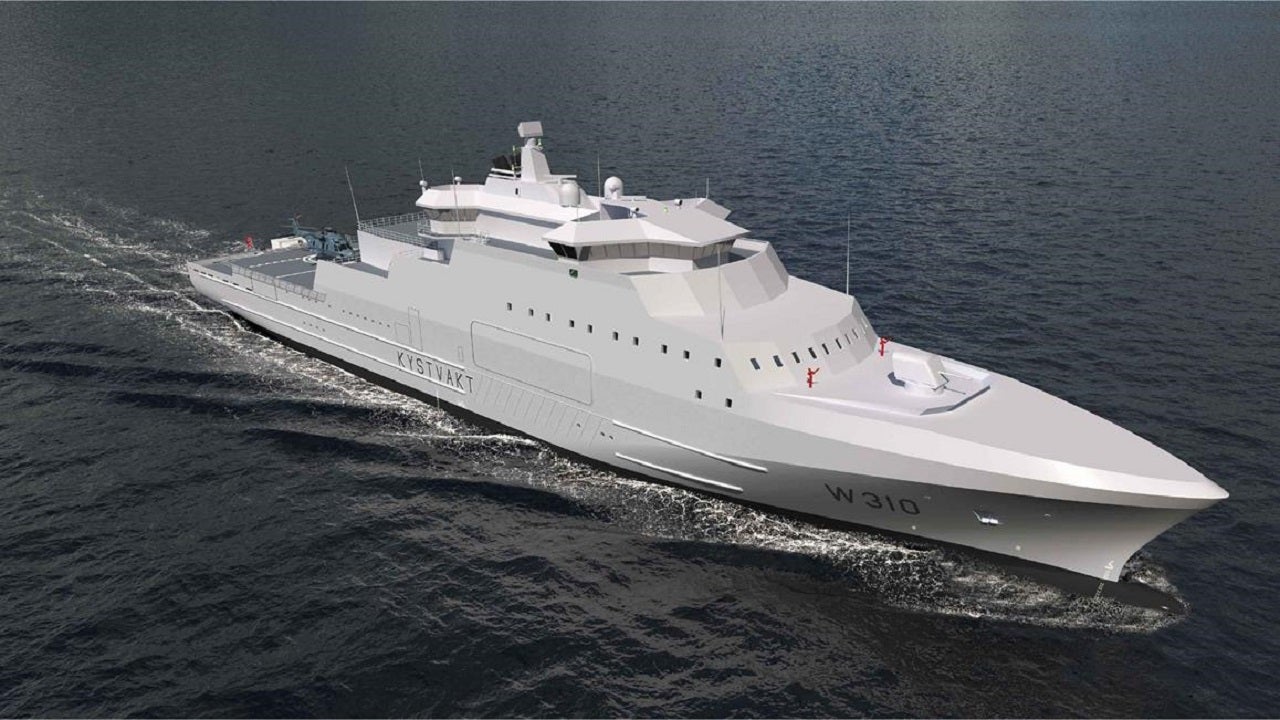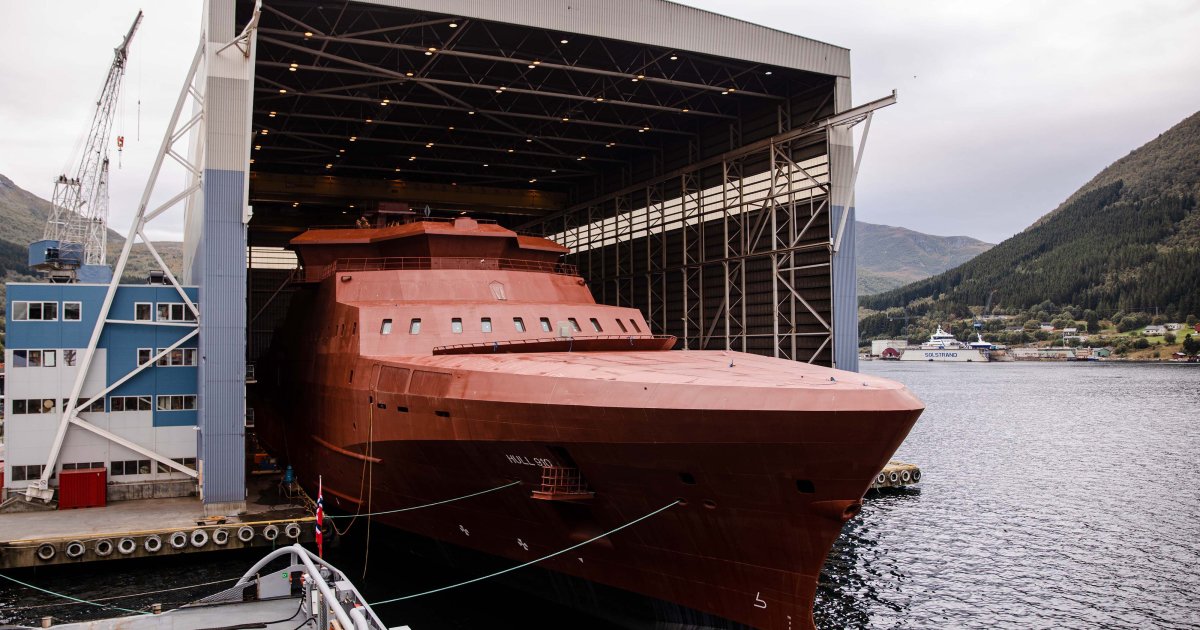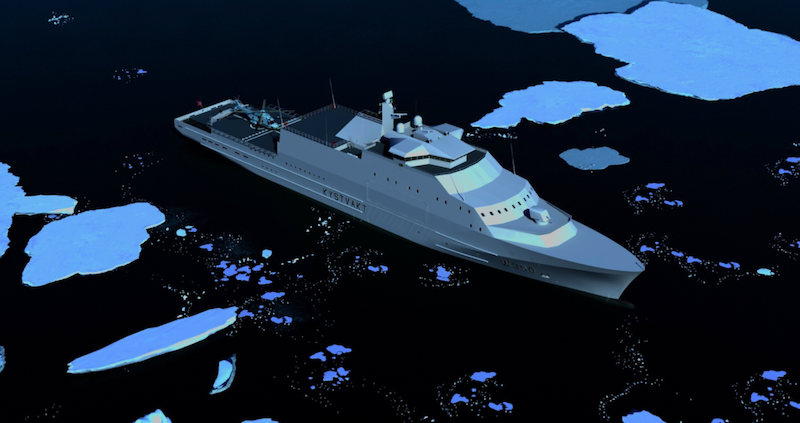Here’s the full article for those who don’t have access
Labor’s Defence review to park tanks in history
The Australian
Greg Sheridan
21 November 2022 13:00
The good news is, it seems the tank is gone. The interim report of the Defence Strategic Review, being conducted by Stephen Smith and Angus Houston, has been delivered to the government, which will get the final report early in February and respond to it fully by March. I hear the tank is gone.
In national security and international affairs, the Albanese government has had a whirlwind first six months. But there will hardly be anything more important than the decisions it makes next March.
The DSR will rightly recommend reduced investment in armour – tanks, infantry fighting vehicles and similar beasts – in order to focus on far more relevant and important priorities. There is no plausible scenario in which tanks, or even IFVs, could be important to Australian security. This means no more than 300 of the gargantuan-sized and largely unusable IFVs.
This is not a negative decision. It’s a reality decision. The DSR gives the government a chance to focus defence effort on capabilities relevant to our dangerous environment, in which the challenges are maritime, missile and drone.
The DSR also recommends substantial action for our northern air force bases. Some are shabby and in a poor state of readiness. None is hardened.
Hopefully, there is never a military conflict in this region. But if there ever were to be a military clash between the US and China over Taiwan, Australia would furnish a dozen high-priority targets for Chinese attack. These include the Pine Gap and North West Cape communications facilities, the submarine base at HMAS Stirling near Perth and the main air force bases, as well as the part-time air force bases we have in northern Australia.
UQ's Garrick Professor of Law James Allan says anyone who thinks Australia can defend itself right now is “delusional”. “By all means, I’d spend a lot more on defence, we’re still barely two per cent … get it up to three,” she told Sky News host Rowan Dean. “Let’s not start burning bridges, without the Americans we’re in big trouble.”
If all these facilities were wiped out in a first strike, we would have very little capacity to defend ourselves at all. Yet none of these facilities is hardened or properly defended. The DSR, I believe, will call for a significant expansion, and perhaps hardening, of our northern air force bases. It will also call for the development of missile defences around some of them.
This is not such a radical concept. We provide missile defence for ships at sea, planes in the air and sometimes deployed ground forces. Hardening and defending remote air bases is extremely unsexy as military expenditure goes. There’s no bright shiny “toy” at the end of the process. But it’s critical expenditure if you want to have a real military capability as opposed to a symbolic capability; that is, if you want to have any war-fighting capability. And it’s only a war-fighting capability that can deter a potential enemy.
The DSR will also recommend a fourth combat squadron of Joint Strike Fighter F-35s. If we get this extra squadron, and maybe some extra training F-35s, and keep our Super Hornets and Growlers in service as we should, this would take us over the magic 100 fast-jet figure.
One hundred fast jets to defend the whole of Australia is not remotely excessive. And we’ll struggle to recruit the needed pilots. It’s also true that more F-35s doesn’t extend the range at which our air force can operate. But given the attrition rates involved in any combat, this increase does give you greater density, endurance and sustainability.
The DSR will recommend a big investment in missiles and drones. This cannot come soon enough. The Defence Department took a ludicrous length of time to identify the obvious suspects, Raytheon and Lockheed Martin, as its primary industry partners in developing a local missile-making industry. Some three years after this was first announced, the government still hasn’t told these companies precisely what missiles it would like. Indeed, they were only engaged formally at all five minutes before the last federal election.
Defence Minister Richard Marles warns Australia’s Defence Force faces personnel shortages of over 4,000 staff as it fails to meet targets of over 81,000. “We must innovate to compete and attract new skills, not just for soldiers in the field but in intelligence, space and cyber,” says Mr Marles. “We will have to be willing and capable to act on our own terms when we have to.\"
In an important piece on this page on Monday, Paul Dibb outlined that the Japanese probably intend to buy large stocks of Tomahawk missiles and ground-based long-range missiles that can hit ships and ground targets. The DSR will recommend that Australia do something very similar.
Of course, here is a very big problem. Throughout the West there is a tremendous shortage of missiles. The necessary and right action in supporting Ukraine has just about emptied Western arsenals of all their surplus stock. Western missile-building industries cannot keep production up anywhere near demand. If Australia placed orders for all these missiles right now, they would still probably be a couple of years from delivery.
But here is a top-priority, urgent, code-red message for Defence. If you don’t actually place an order, you will never, ever get them. The delay in all this has been near criminal. The acquisition process in the Defence Department is woefully, hopelessly unfit for purpose. But let’s not spend another 100 years reforming the acquisition process. Let’s just buy the weapons.
The DSR will also recommend big changes to the Offshore Patrol Vessel project. We’re building OPVs as big as small frigates but they carry no serious weapons, don’t have hulls thick enough for combat, or decks strong enough for helicopters. They are being built by Luerssens. You could easily put more weapons on them and make them more lethal. But to make them real combat ships you’d need modifications to the hull and so on. That plus the new weapons would change their weight and there would be a bit of redesign work.
Luerssens already makes proper combat corvettes, just 10m longer than our OPVs, and with a full range of anti-ship missiles and other weapons. These are as cheap as chips compared with the overweight, under-gunned Hunter frigates we are going to get on Star Trek time from the British.
We could switch from OPVs to the corvettes and still get the whole 12 of them before we get more than a Hunter frigate or two. But, and here is the enormous but, we cannot do this if we embark on the normal “hundred years of solitude” tender process that Defence routinely uses and that would take years to complete.
The government, as Anthony Albanese and Richard Marles have frequently suggested, must prioritise producing real capabilities quickly. The alternative is to honour the impenetrable, baroque processes of Defence tradition.
The DSR will also recommend more missiles for the ANZAC frigates. The DSR can’t look at what we do on nuclear submarines or on the troubled Hunter frigate projects. Be that as it may, if the government does all or most of the things outlined in this column, it will have made a historic contribution to Australian security.



